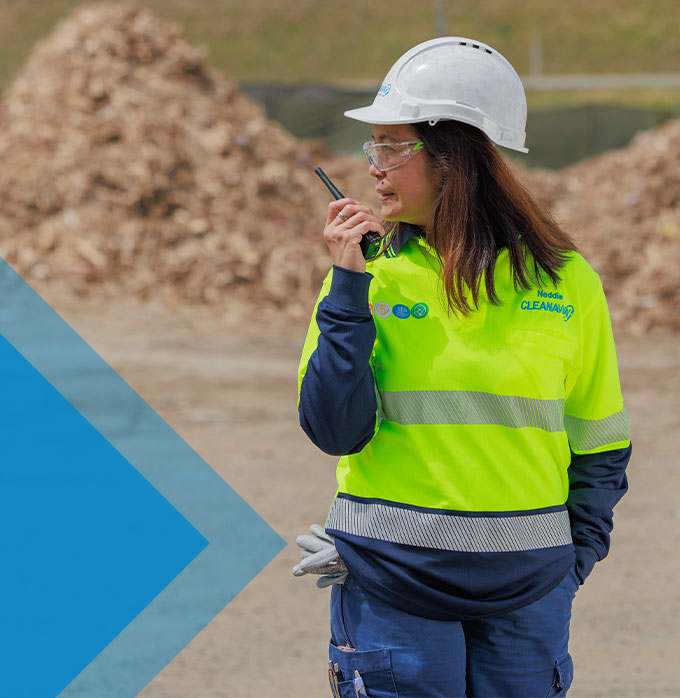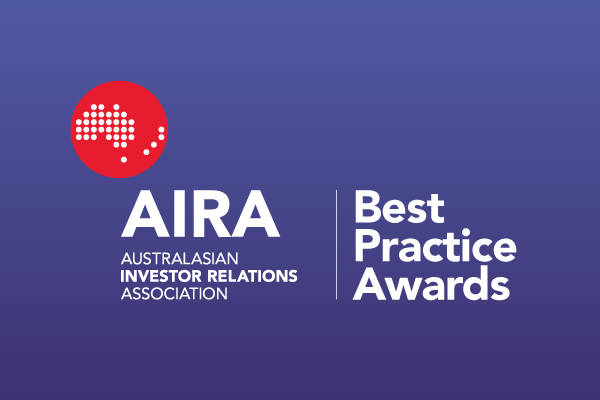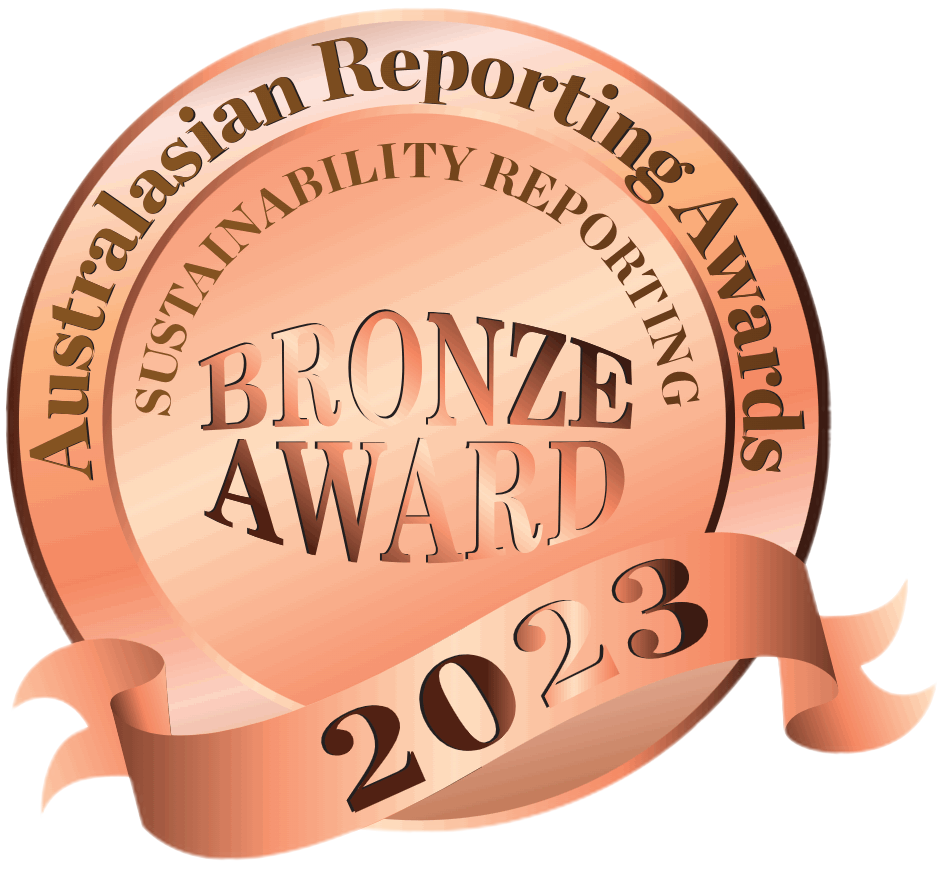Making a sustainable future possible together
“I’m thrilled to share our FY24 Sustainability Report on behalf of our 7,900+ strong team. Cleanaway’s purpose of “making a sustainable future possible together” is more than words on a wall; it’s a source of genuine pride anchored in our collective impact. “
Mark Schubert, CEO and Managing Director
Our Sustainability Framework is inextricably linked to our purpose of ‘Making a sustainable future possible together’. In 2024 we refreshed our Framework to align our focus to where we have the greatest ability to affect material and positive outcomes for the environment, our people and the communities in which we serve. The Framework outlines how we are making a sustainable future possible together, by:
- recovering resources
- protecting the environment
- reducing emissions, and
- working together with our people, customers, partners and communities.
These four pillars capture the outcomes of our actions and are aligned with our material focus areas. They bring accountability to our efforts as they focus on our impact, our progress and achievements.

We play a vital role in enabling Australia’s circular economy, working with our partners to ensure valuable resources are recovered from waste streams and returned to the value chain.

As a total waste solutions provider, we prioritise resource reuse, recycling and recovery wherever possible. When these options are not feasible, we offer safe and responsible, at-scale treatment and disposal solutions.
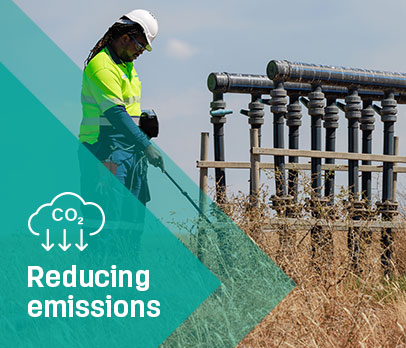
The goal of net zero puts pressure on all of us to reduce greenhouse gas emissions. We are committed to reducing our emissions and helping our customers do the same.
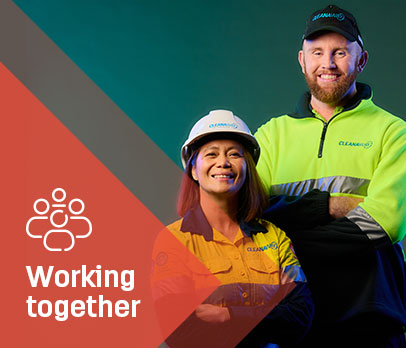
To deliver on our mission requires the co-ordinated effort and hard work of our people, suppliers, and communities. Together, we fulfil our purpose of making a sustainable future possible together.
Our Sustainability Highlights
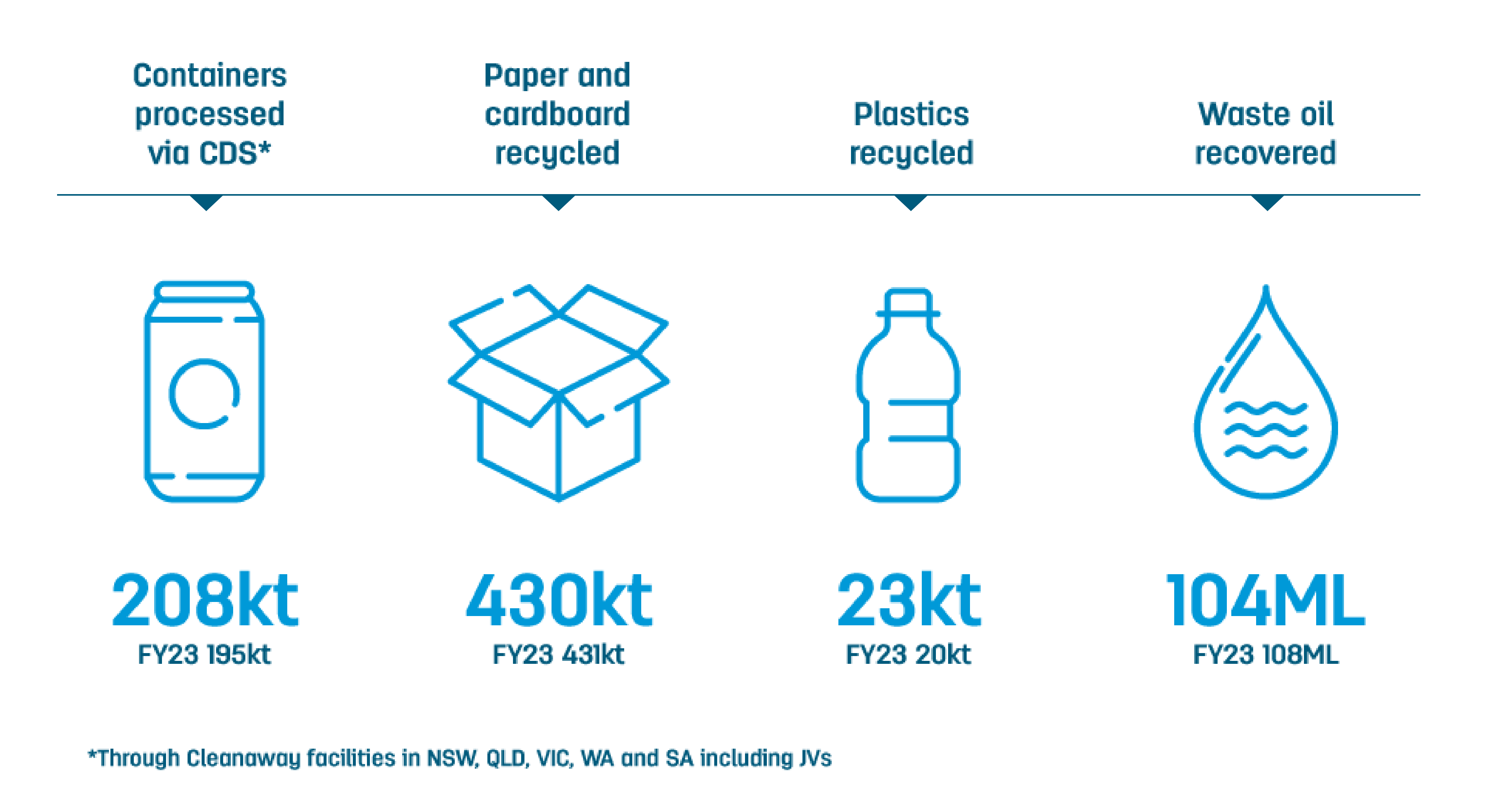
By extracting valuable resources from waste streams, we are enabling their re-use, while driving Australia’s circular economy.
Through resource recovery we can reduce the amount of material that ends up in landfills, conserve natural resources, and mitigate the environmental impacts of resource extraction. By avoiding landfill, it also lowers greenhouse gas emissions that would otherwise have been generated.
Cleanaway’s resource recovery operations have an important role to play in enabling Australia’s transition to a circular economy and we are growing our network to support our ability to do this. And, through partnerships and innovation we continue to identify opportunities to develop recycling or reuse solutions at scale.
Environmental protection is one of our foundations at Cleanaway and we know it’s important to our customers too. That is why we are committed to protecting the environment in our daily activities and offering safe and responsible waste services to our customers.
Many waste streams are inherently hazardous, and we implement rigorous procedures and controls to safely collect, treat, and dispose of them. By doing so, we minimise the risk of harm to the environment and our communities as well as ensuring compliance with strict environmental and safety standards.
We provide these essential services to our customers, helping them operate in ways that protect the environment and prevent their activities from causing harm.
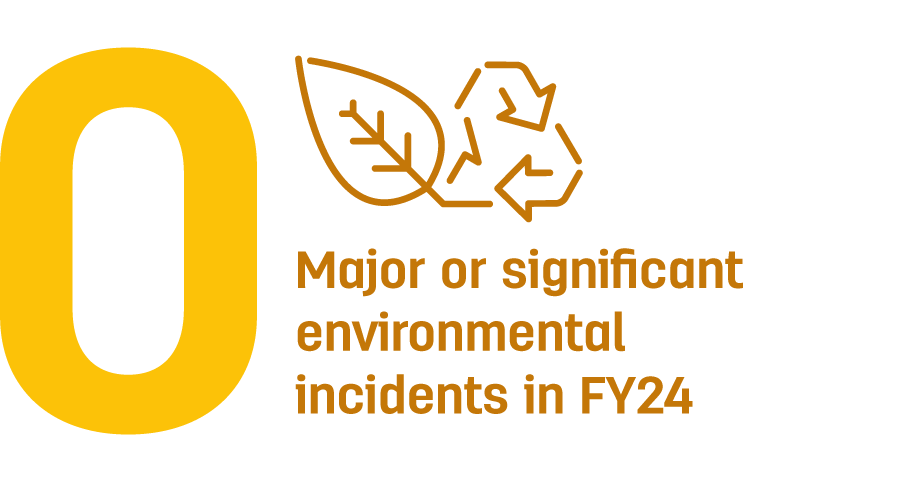
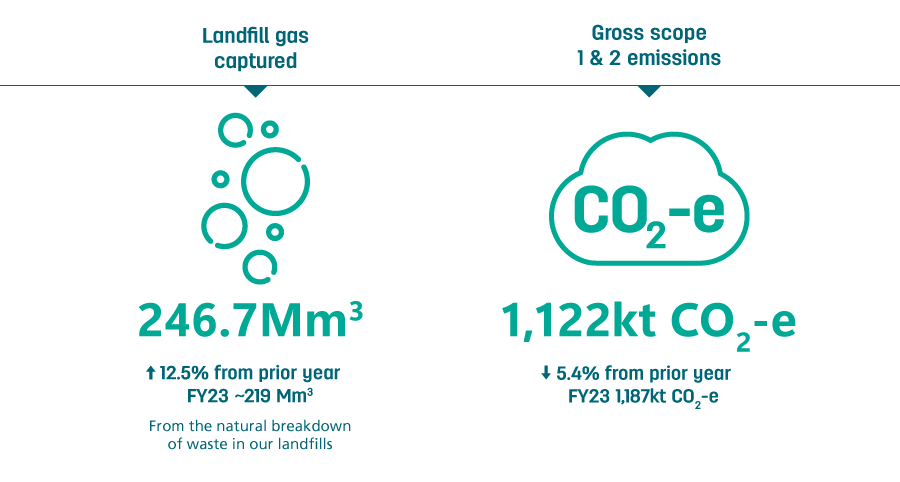
By reducing our greenhouse gas emissions, Cleanaway can both play its part in reducing climate risks and deliver lower-carbon services to our customers and their end users.
Cleanaway’s greenhouse gas emission reduction targets of a 43% reduction in carbon dioxide and a 34% reduction in methane by 2030 are established by reference to the FY22 base year.
These targets are aligned with the most conservative 1.5°C scenarios in the Sixth Assessment Report of the Intergovernmental Panel on Climate Change (IPCC) and are consistent with limiting global warming to 1.5°C above pre‑industrial levels by 2100. The methane targets are also aligned with the Global Methane Pledge. We track our performance against these targets on a net emissions basis.
We advocate for the government to champion sustainable practices, foster innovation, and implement policies that benefit both the planet and Australia’s economy.
A sustainable future requires teamwork at all levels of our economy and society, which is why we are partnering with our customers, communities and regulators, to connect and grow together. Our people need to be empowered and supported, so they can thrive both at work and at home. That’s why we are committed to a workplace founded on safety, respect and genuine care.
We must also work with communities, educating them in how to use our services, products and equipment for safer, more sustainable outcomes, so that we have better environmental and societal outcomes. Finally, by working together with partners, suppliers and contractors that share our objectives of creating positive social and environmental impact and addressing modern slavery.
The health and safety of our people and the protection of the environment are the foundations upon which Cleanaway operates. Historically, Cleanaway has used the traditional safety lag indicator Total Recordable Injury Frequency Rate (TRIFR) as the primary measure of safety performance.
Cleanaway’s TRIFR has decreased over the past decade down from 12.6 in 2014, levelling off over the past five years to the 2024 result of 4.6. Industry benchmarking shows that Cleanaway’s safety performance (as measured by TRIFR) continues to be highly competitive ‘if not industry leading’ across multiple industries including waste, fleet and logistics.


The Sustainable Development Goals (SDGs) are 17 interlinked global goals that act as a blueprint for peace and prosperity for people and the planet, now and into the future. The SDGs were established in 2015 by the United Nations General Assembly and are intended to be achieved by 2030. Whilst Cleanaway recognises the importance and interdependence of all 17 goals, we have identified and prioritised eight core SDGs most relevant to our business that we can contribute to.
